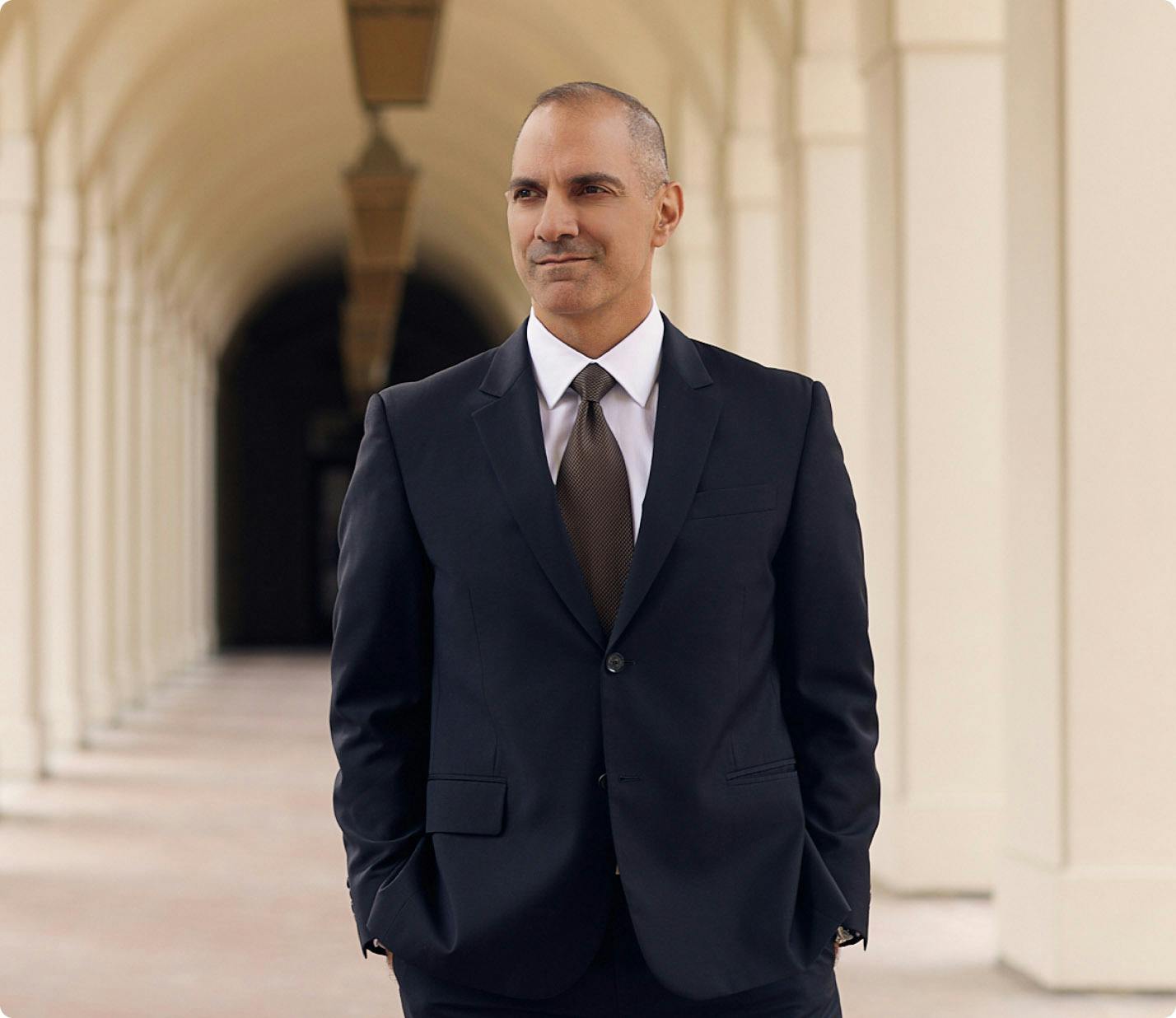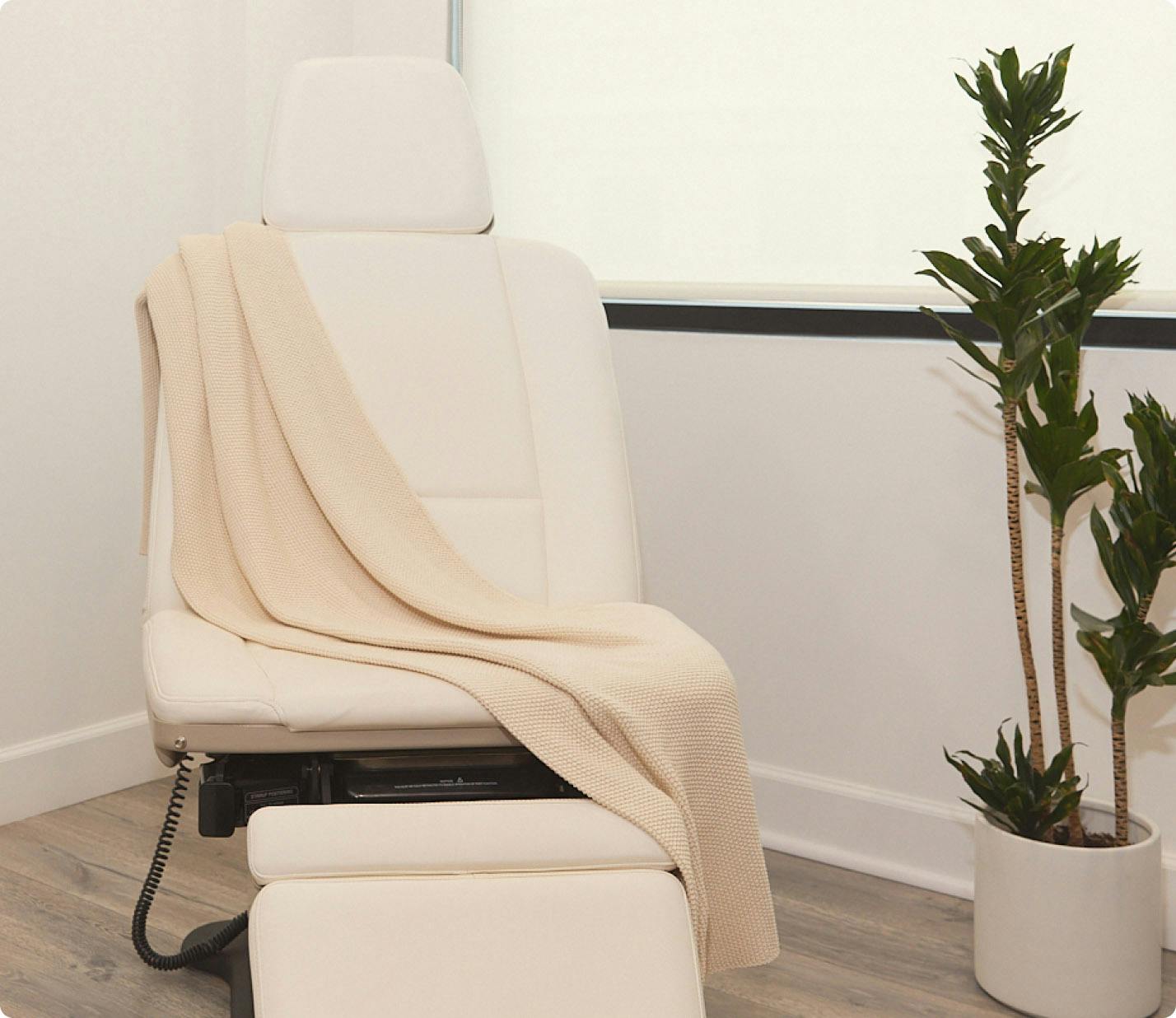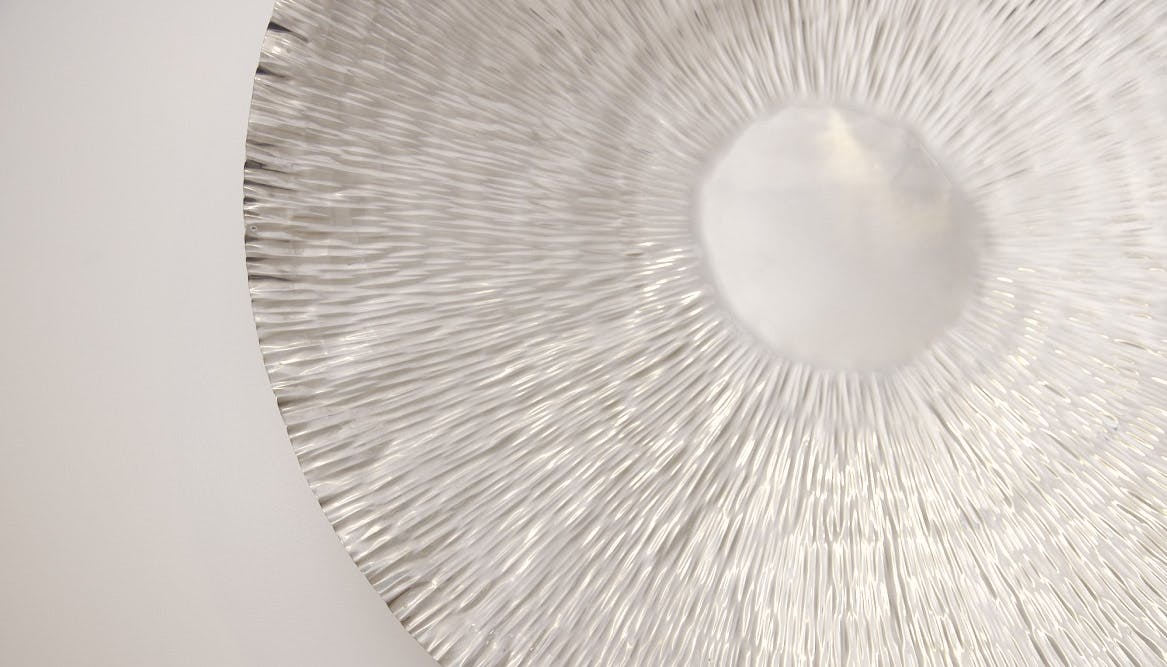Symbrachydactyly is a congenital condition characterized by underdeveloped fingers or a missing hand. Dr. Panossian specializes in advanced surgical techniques to enhance functionality and appearance, providing tailored care to help patients achieve the best possible outcomes.
Symbrachydactyly: Prevalence, Causes, and Associated Conditions
It is estimated that symbrachydactyly occurs 1 in 30,000 to 40,000 newborns. The majority of cases still have no known cause. Occasionally, it may be associated with other findings, such as in Poland syndrome or Mobius syndrome. As with other hand deformities, symbrachydactyly appears to occur between the fourth and sixth weeks of pregnancy, possibly corresponding to an interruption in blood supply to the hand.









